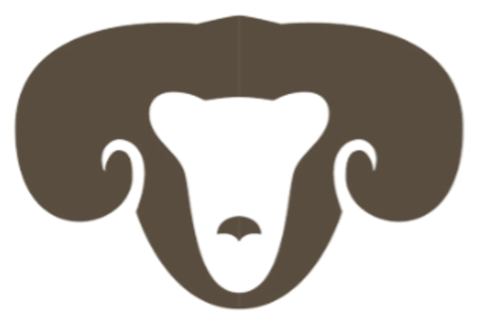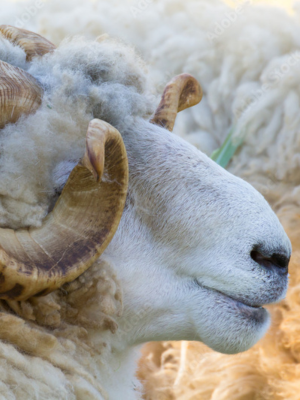
The finest European wool
History
It was October 1786 when the first Spanish Merino sheep arrived at the National Sheepfold in Ramboulliet and lay the founding of the famous French Merino breed, thanks to an agreement between the French crown and the Spanish one.
The success of this new breed encouraged the founding of further regional breeding centres. In 1806 the “Imperial and Royal Sheepfold of Arles” was founded by Napoleon Bonaparte. In Arles the Spanish Merino was crossed with a local sheep breed, the “mouton camarguaise”. The result was the Merino d’Arles, a small, though animal, able to cope with the hard living conditions in the plain as well as in the mountains, with the finest wool for its time, ideal and well adapted to the dry and hot climate of the vast plains of the ancient delta of Rhone and Durance River.
Population rose quickly to 300.000 sheep, as these animals were bred both for their fine wool and for their tender meat. Today the population is still around 150.000 heads, limited by natural resources as pastures and space.
Main characteristics
The Merino d’Arles sheep produces a light fleece of only 2 kg per animal, with very fine wool in the range between 20-21 micron on average. Wool fibers are usually 2-3 inches long, renowned for their curliness: no other wool worldwide has so many bows per centimetre.
This allows for the creation of very light products due to its bulkiness and lightweight.
















